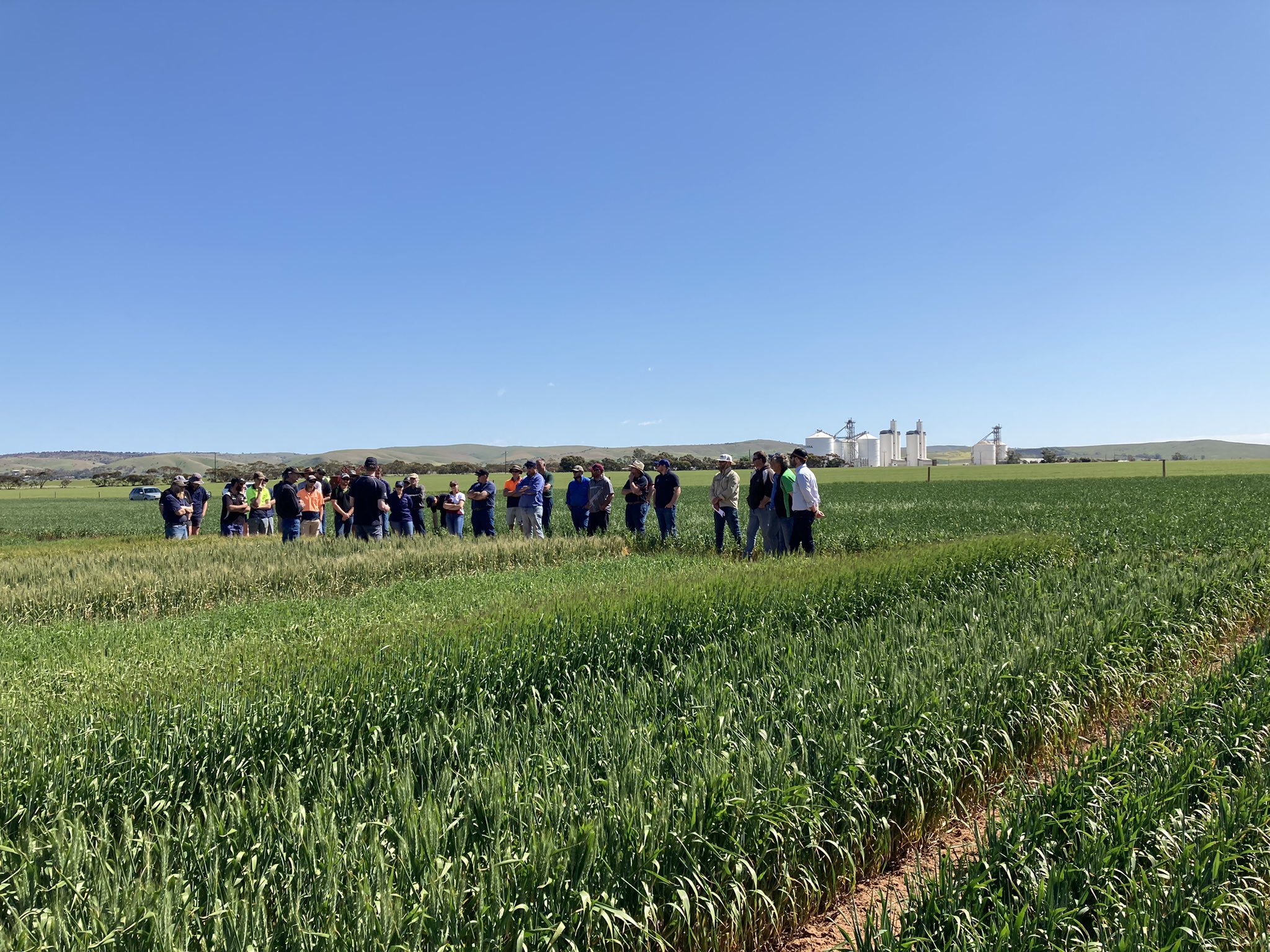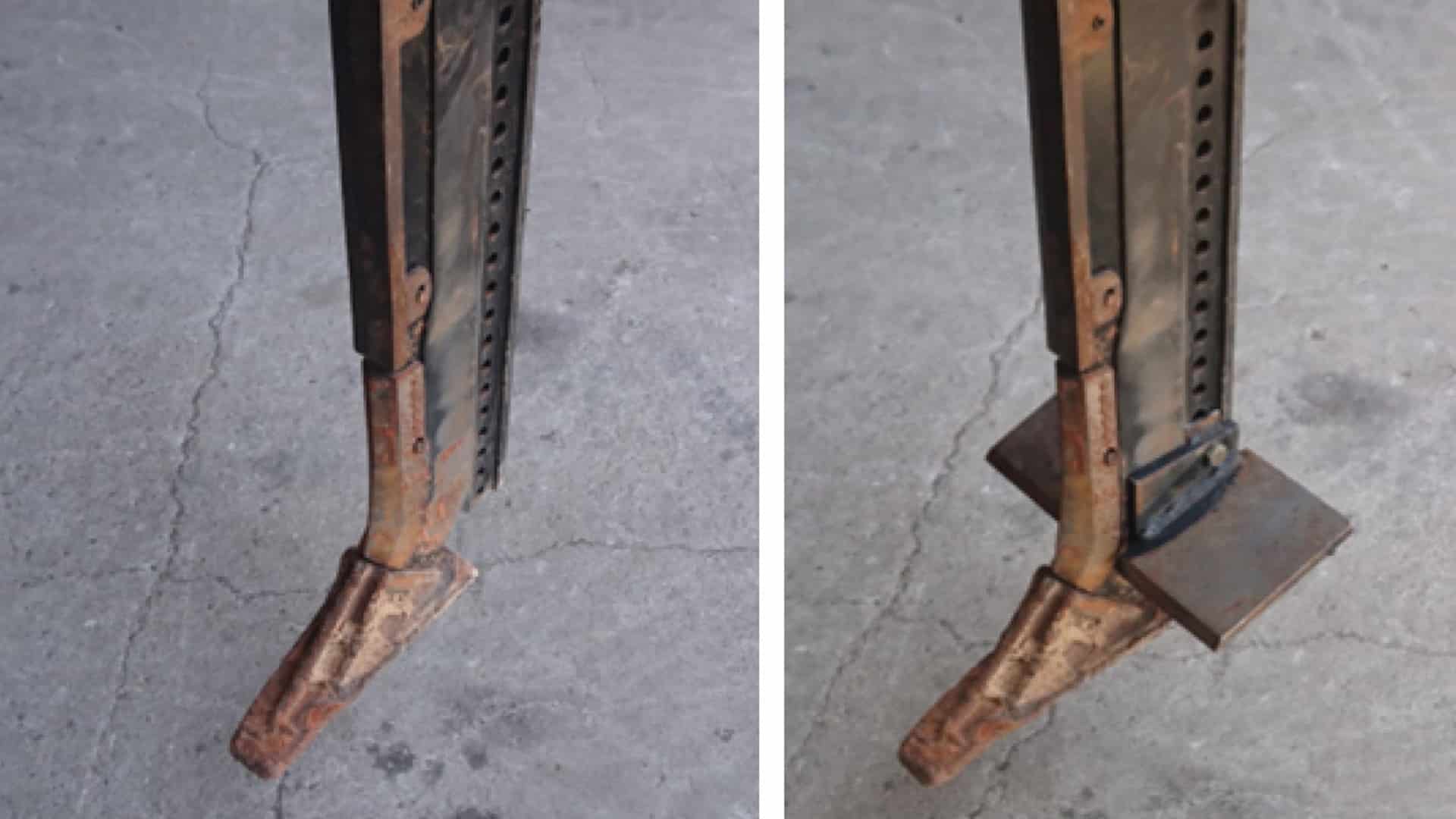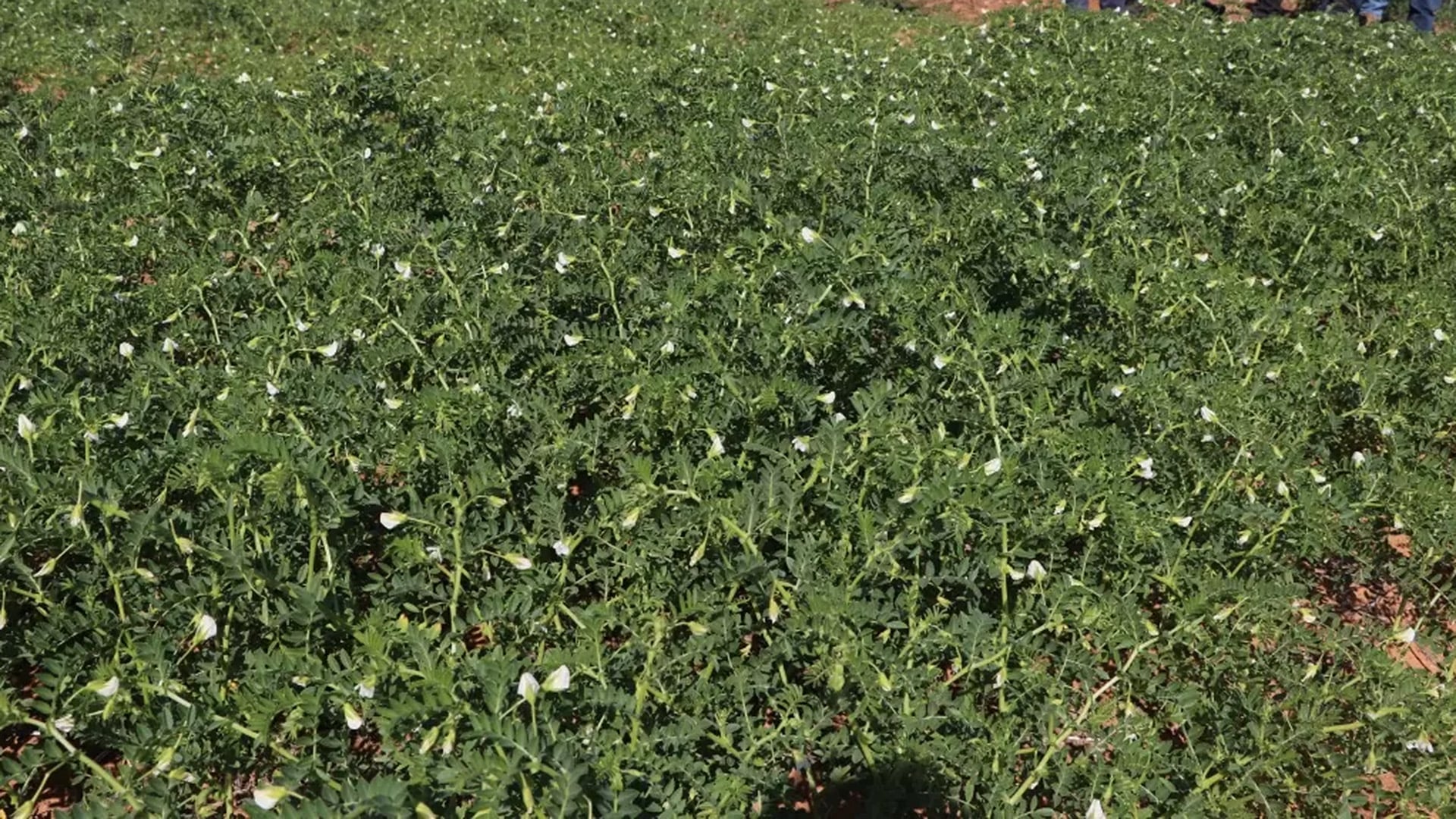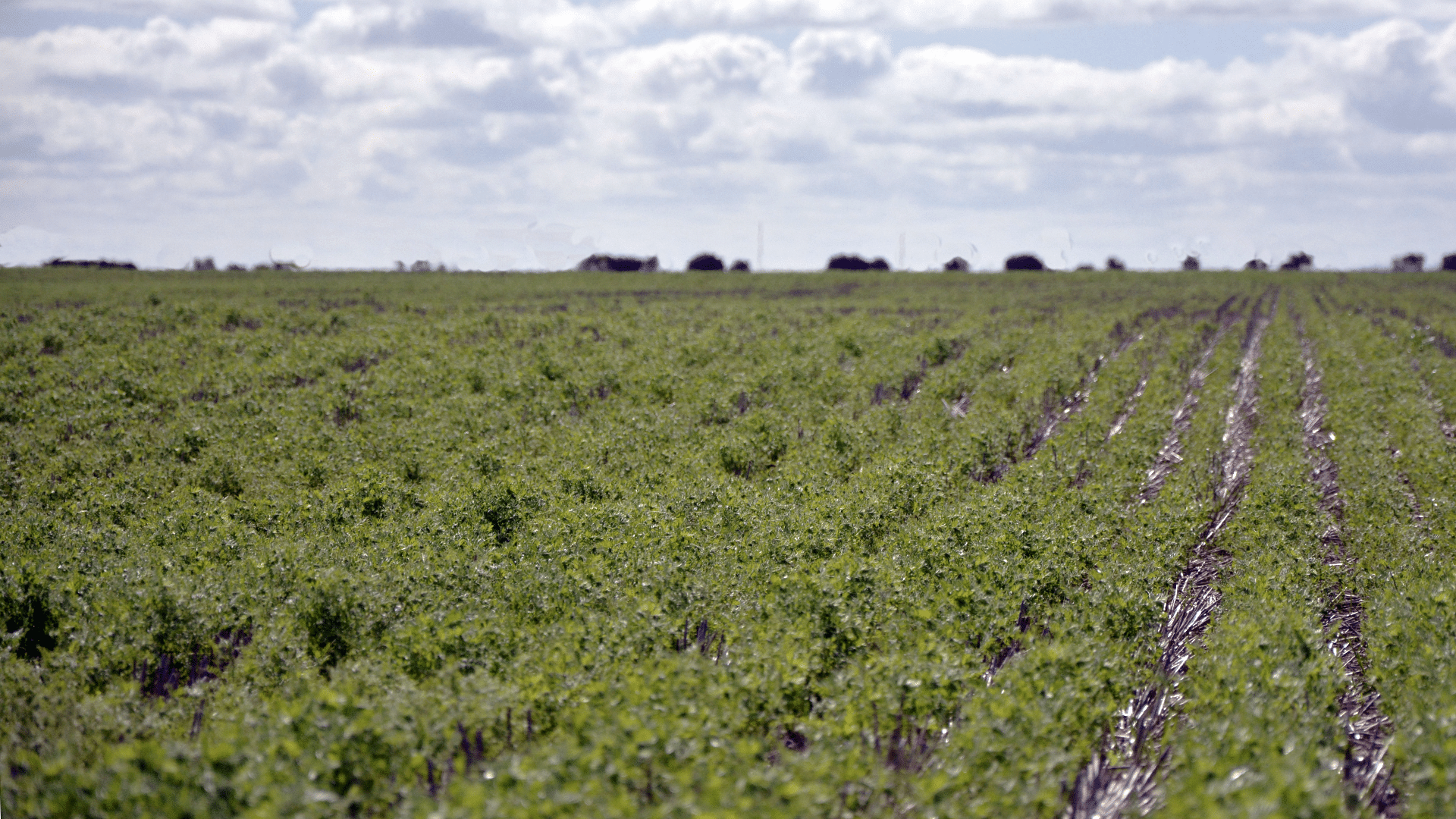START
FINISH
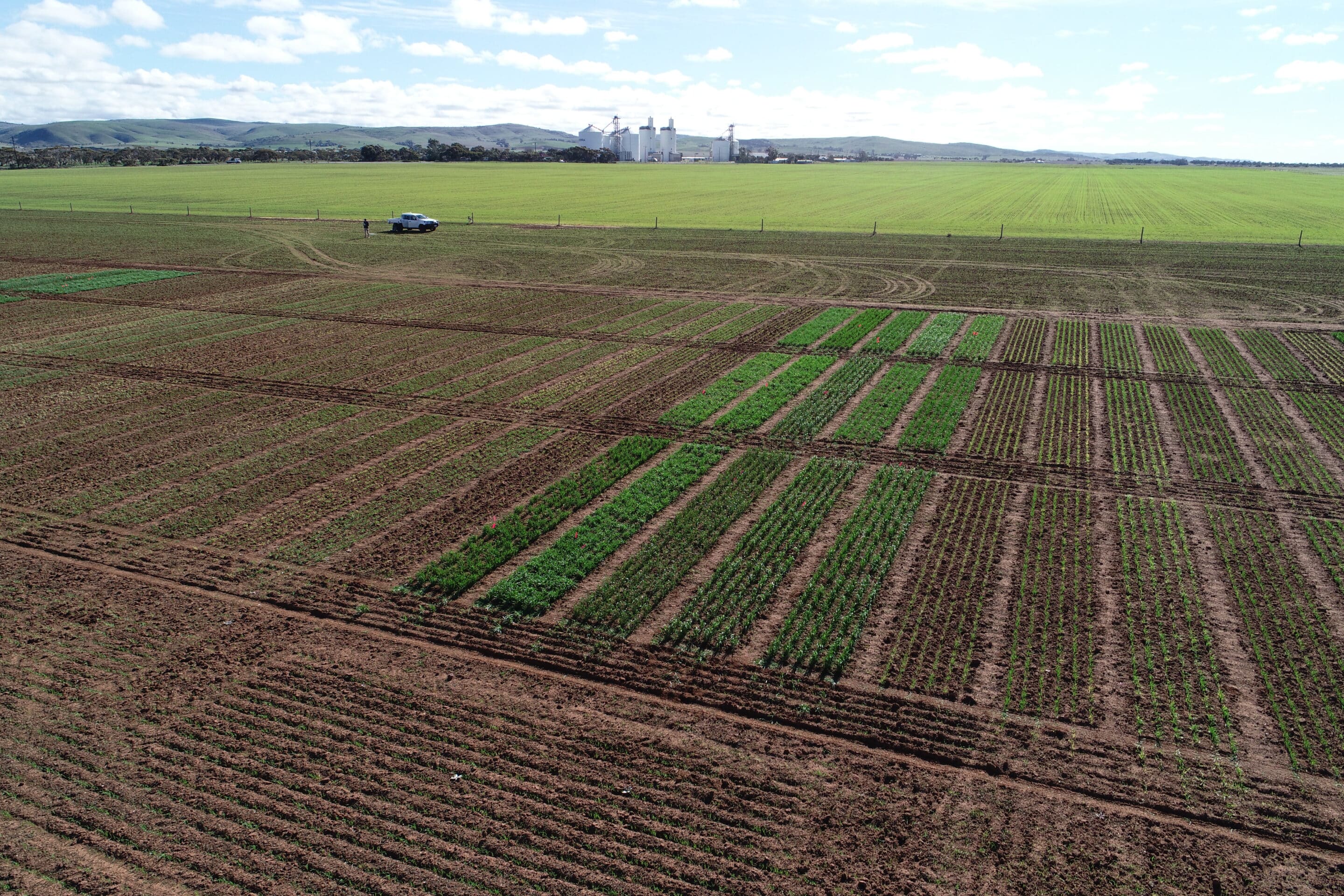
Summary
An APSIM model was developed and validated successfully against field trials in wheat. The optimal flowering period (OFP) in the Murray Plains was between the 25th August and 8th September for wheat. Based on this data, optimal sowing times were developed for a range of wheat phenologies:
- Quick (Vixen, Anvil CL Plus): 7th May-14th May
- Quick-mid (Ballista, Calibre, Scepter): 30th April – 7th May
- Mid-Slow (Rockstar, Sherrif CL Plus): 24th April – 29th April
- Slow (Denison, Valiant CL Plus): 2nd April – 20th April
A model could not be successfully developed in barley, though field trial results suggest that barley had consistently higher yield across flowering dates, with less sensitivity than wheat to sowing time.
Background
Optimal flowering period (OFP) identifies the ideal time for a crop to flower, balancing the risk of frost, heat and drought stress. An optimal sowing time can be developed based on the OFP for each variety.
Growers and agronomists in the Murray Plains have not had access to locally specific information on optimal flowering windows – and therefore optimal sowing times – for wheat and barley.
Research Aims
The core objectives of the project were:
- To characterise the optimal flowering period (OFP) for wheat and barley in the Murray Plains region.
- Enable Murray Plains growers to better match sowing time and variety development speed to their optimal flowering period.
- Determine the potential for sowing early-sown slower maturing cereal varieties in the Murray Plains region.
In The Field
This project used a combination of APSIM simulations and replicated variety x time of sowing (TOS) trials to study wheat and barley optimal flowering periods.
Soil testing was first performed at the trial sites, with the soil test data used in APSIM to generate optimal flowering periods based on 50 years of climatic data.
Results
The APSIM modelling showed that the optimal flowering period range in wheat starts and ends earlier in recent years, with later flowering resulting in higher yield penalties in the last 30 years. This is likely driven by late season heat stress and lower spring rainfall. When comparing the modelled optimal flowering period to the actual flowering measured in field trials, the 2021 data was accurate in predicting an early September optimal flowering period, but the 2022 data, a Decile 9 growing season, did not follow the long term model closely. In 2022, there was below average autumn and winter rainfall, followed by well above average rainfall late into spring. This led to a bi-modal optimal flowering period curve – with a small peak in late August as predicted by APSIM as the growing season began to dry and warm up into spring, before a second peak in October after the excessive late spring rainfall, which was not predicted by APSIM and significantly increased yields. This demonstrates APSIM’s limitations in dealing with individual years, which may feature extreme weather, as it is based on long-term averages.
APSIM was not able to reliably simulate flowering time in barley, compared to actual flowering dates recorded in the field trials across multiple years. To investigate this further, a new SAGIT-funded project (UAD02222R) has been developed. The field trials to-date have shown that barley had consistently higher yields across flowering dates than wheat, and it was less important for the barley to flower on time to achieve high yields, compared to wheat.
Optimal sowing were modelled for a range of wheat phenologies:
- Quick (Vixen, Anvil CL Plus): 7th May-14th May
- Quick-mid (Ballista, Calibre, Specter): 30th April – 7th May
- Mid-Slow (Rockstar, Sherrif CL Plus): 24th April – 29th April
- Slow (Denison, Valiant CL Plus): 2nd April* – 20th April
*This date was based on extrapolation so should be interpreted with caution.
Certain varieties were shown to produce high and stable yields across a range of sowing dates. Denison and Rockstar in wheat, and Compass barley, had the highest average yields and were consistent across sowing dates. Commodus CL almost matched Compass’s yield, while having Clearfield technology.
The final objective of investigating longer-season varieties demonstrated a lack of early sowing opportunities in the two seasons tested.
Supplementary in-furrow irrigation was used to replicate an early season break in April, which demonstrated that varieties, such as Rockstar, look to have versatility by producing high yields across early and later sowing dates.
Project Participants
SARDI: Brendan Kupke, Melissa McCallum, A/Prof Rhiannon Schilling, Dr Courtney Peirce
Murray Plains Farmers: Steen & Deanna Paech, Adrian & May Bormann
The Problem
Growers in the Murray Plains have not had access to locally specific information on optimal flowering windows – and therefore sowing times – for wheat and barley.
The research
An optimal flowering window was developed by producing an APSIM model in conjunction with field trials in wheat and barley.
More information
Brendan Kupke, SARDI
T: 0429 411 032
E: [email protected]
Value for Growers
The project provided recommended sowing times for the Murray Plains for a range of wheat varieties based on modelling over a range of seasons, as well as identifying wheat and barley varieties that were able to produce high and stable yields across sowing dates.
Field trials allowed growers and agronomists to visit the site during crop walks and field days and observe the extent of factors such as frost, damage and low biomass, across different time of sowings. Discussions with individual growers and agronomists have also demonstrated the change in mindset for when sowing should be completed and the importance of ensuring the timing of seeding is right.

